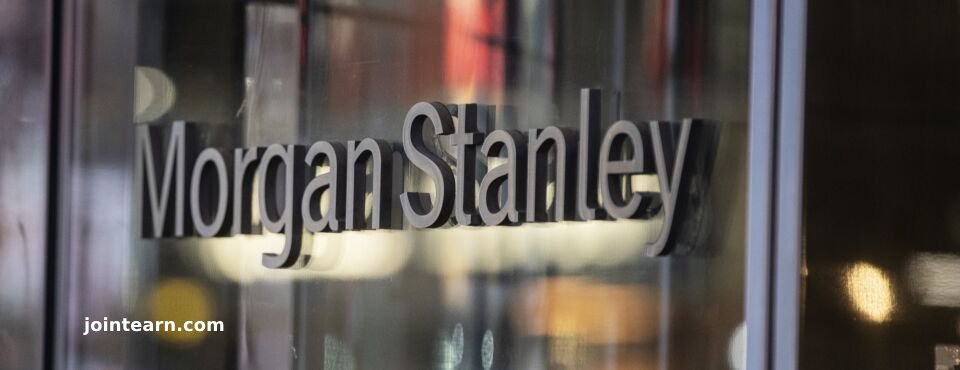Saudi Arabia, a nation heavily dependent on oil revenues, is facing growing economic challenges as the price of crude oil drops sharply. This downturn is forcing the kingdom to consider increasing its debt or slashing public spending, which could derail its plans for economic diversification and growth under the Vision 2030 initiative.
Oil Prices Plunge to Four-Year Lows
Recent developments in global markets have sent oil prices plummeting to near four-year lows. Fears of a global economic slowdown, compounded by a surprise decision by OPEC+ producers, including Saudi Arabia, to increase oil production, have exacerbated the situation. This price decline threatens to wipe out billions of dollars in oil revenues for Saudi Arabia, alongside a projected decrease in dividends from its state-owned energy giant, Saudi Aramco.
Economic Pressures and Vision 2030
Saudi Arabia’s Vision 2030, which aims to reduce the nation’s dependence on oil by diversifying its economy, is heavily reliant on revenue generated by the oil industry. With oil prices now below $65 per barrel—well below the $90 per barrel required to balance the kingdom’s budget—there is mounting pressure to adjust the financing of Vision 2030 projects. The $925 billion Public Investment Fund (PIF), which is central to Vision 2030, has also been impacted, as it depends on oil revenue, including its large stake in Aramco.
Rising Public Debt and Project Delays
Analysts predict that Saudi Arabia will have to turn to debt financing to cover the shortfall in oil revenues. With public debt already surging by 16% to over $324 billion in 2024, the kingdom’s fiscal outlook is increasingly uncertain. As a result, the government may delay or scale back some major infrastructure projects linked to Vision 2030, including those planned for the 2029 Asian Winter Games and the 2034 FIFA World Cup.
Adjusting Investment Strategies
The PIF, tasked with investing in large-scale projects like NEOM—a futuristic city in the desert—has already raised billions through bonds and loans. However, analysts suggest that PIF may need to seek additional financing to continue its aggressive investment strategy, which has already involved large sums being directed into various sectors, from real estate to entertainment.
Government Response and Prioritization
In response to the ongoing economic challenges, Saudi Arabia’s finance ministry has emphasized that it is “recalibrating and prioritizing” its spending plans to ensure long-term sustainability. Despite the lower oil prices, officials remain confident that many of the targets set in Vision 2030 are either on track or will be achieved. The government is also committed to avoiding economic overheating while adjusting to the changing global landscape.
Geopolitical Considerations and Future Outlook
The plunge in oil prices comes at a time of significant geopolitical change. The U.S. has pressured Saudi Arabia to invest heavily in the U.S. economy, even as President Trump seeks to reshape global trade relations. While lower oil prices may lead to temporary setbacks in some of Saudi Arabia’s high-profile projects, analysts believe the kingdom’s long-term strategy will continue to benefit from its relatively low debt-to-GDP ratio and its reputation with international lenders.
Conclusion
The drop in oil prices is undeniably complicating Saudi Arabia’s economic plans, particularly its diversification efforts under Vision 2030. However, the kingdom’s financial resilience, strategic investments, and international partnerships provide a solid foundation for navigating these challenges. While adjustments to spending and project timelines may be necessary, the long-term goal of reducing oil dependency remains firmly in place.











